Geckos have emerged as one of the most captivating and unique reptilian companions in the pet world. These small lizards, with their distinctive features and remarkable abilities, offer pet owners an extraordinary glimpse into the reptile kingdom. From their mesmerizing ability to climb walls to their diverse species variations, geckos present a fascinating blend of low-maintenance care and fascinating behaviors that continue to attract reptile enthusiasts worldwide. Whether you’re a seasoned herpetologist or considering your first reptilian pet, understanding these remarkable creatures can enhance your appreciation for their distinct characteristics and care requirements. Join us as we explore the most intriguing aspects of keeping geckos as household companions.
The Incredible Adhesive Toe Pads

Perhaps the most remarkable feature of geckos is their extraordinary ability to climb virtually any surface, including glass and smooth ceilings. This seemingly gravity-defying skill comes from specialized toe pads covered with microscopic hair-like structures called setae. Each seta further branches into hundreds of spatula-shaped ends that create molecular bonds with surfaces, allowing geckos to stick and unstick their feet with remarkable precision and speed. This adhesive mechanism is so efficient that a gecko can support its entire body weight with just one toe, and scientists have studied this phenomenon extensively to develop new adhesive technologies. As a pet owner, you’ll be endlessly entertained watching your gecko traverse the walls of its enclosure, demonstrating this evolutionary marvel in action.
Vocalizations Unlike Other Reptiles

Unlike many reptiles, geckos are notably vocal creatures, with some species capable of producing a range of distinctive sounds. The name “gecko” itself is an onomatopoeic reference to the common chirping or barking sound made by Tokay geckos. Different species produce various vocalizations from soft clicks to loud barks, which they use for territorial communication and during mating seasons. Leopard geckos are known to make gentle chirping sounds when content, while Tokay geckos emit a distinctive “to-kay” call that can be surprisingly loud for such a small creature. These vocalizations add another dimension to gecko ownership, allowing pet parents to gauge their reptile’s mood and providing an auditory connection that’s rare among reptilian pets.
Tail Autotomy: The Ultimate Escape Mechanism

Geckos possess a remarkable defense mechanism called autotomy, which allows them to voluntarily detach their tails when threatened or captured. This evolutionary adaptation serves as a diversion tactic; the detached tail continues to wiggle and twitch for several minutes, distracting predators while the gecko escapes. Most gecko species can regenerate their tails over time, though the replacement tail often differs in appearance and internal structure from the original, typically being shorter, a different color, or having a different pattern. Pet geckos may drop their tails due to stress, improper handling, or if grabbed by the tail, which emphasizes the importance of gentle handling techniques and creating a low-stress environment for these sensitive creatures.
Diverse Species For Different Owners
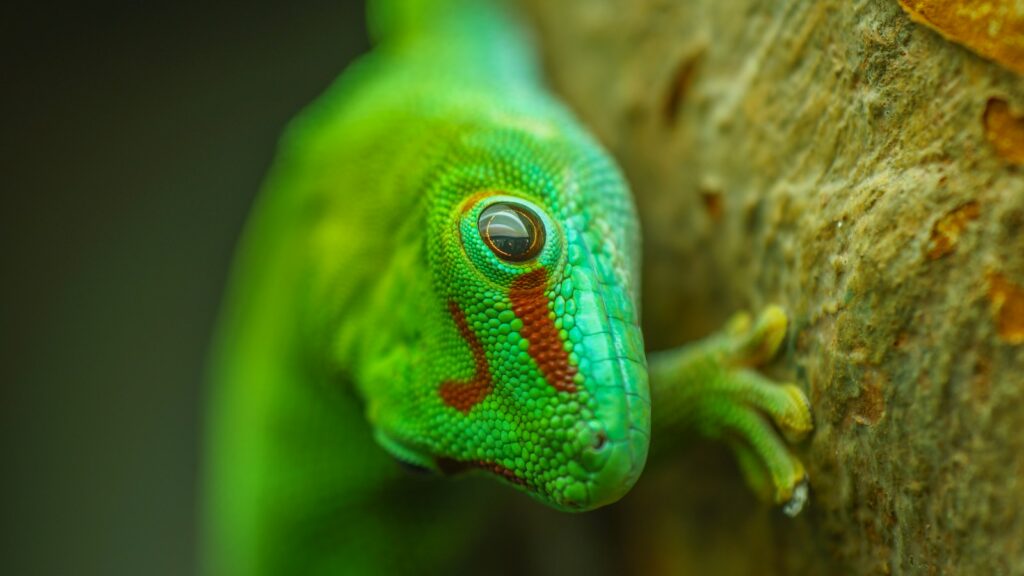
With over 1,500 species worldwide, geckos offer prospective pet owners a remarkable variety to choose from, each with unique characteristics and care requirements. Leopard geckos are widely recommended for beginners due to their docile nature, manageable size, and relatively simple care needs, not to mention their charming spotted appearances. Crested geckos have surged in popularity thanks to their distinctive crests, expressive eyes, and ability to thrive without specialized lighting. For those seeking more colorful options, the day gecko species showcase vibrant green bodies with red accents, while African fat-tailed geckos offer a stockier alternative to leopard geckos with similar temperaments. This diversity allows potential owners to select a species that best matches their experience level, aesthetic preferences, and commitment capacity.
Unusual Eye Cleaning Method

Geckos employ a fascinating and somewhat bizarre method of keeping their eyes clean and moist. Lacking eyelids (except for a few species like leopard geckos), most geckos have a transparent membrane called a spectacle that permanently covers and protects their eyes. To clean this surface, they use their extraordinarily flexible tongues to lick their eyes, effectively washing away dust and debris. This peculiar behavior is frequently observed and can be quite entertaining for pet owners to witness. The absence of eyelids also means that geckos sleep with their eyes open, which can sometimes make it difficult to determine whether they’re awake or asleep unless you’re familiar with their behavioral patterns and resting positions.
Night Vision Capabilities
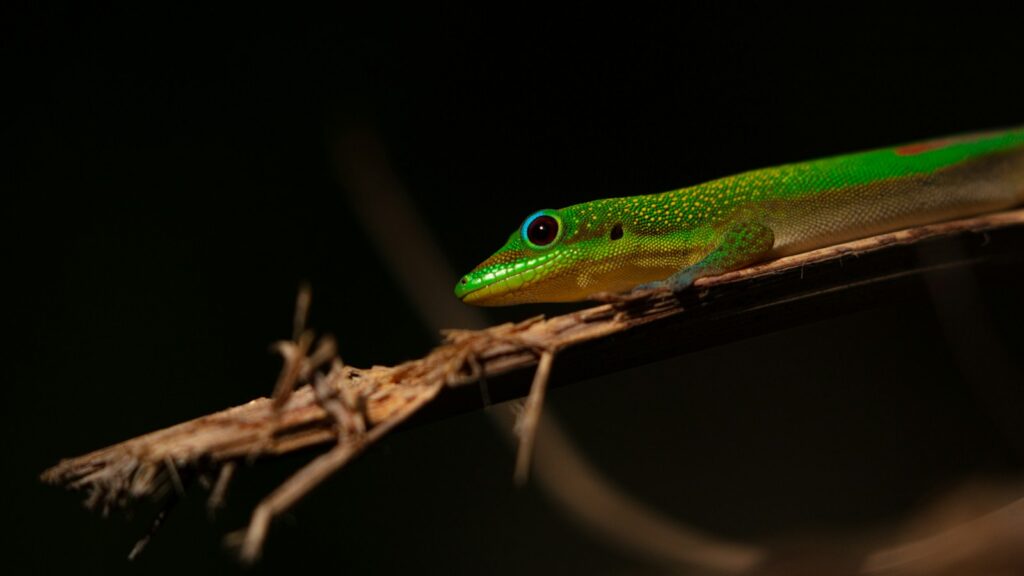
Most gecko species are nocturnal, and their eyes have evolved exceptional adaptations for low-light vision. Their eyes contain a high concentration of rod cells, which are light-sensitive photoreceptors that function well in dim conditions. Additionally, many geckos possess a specialized retinal structure called a tapetum lucidum, which reflects light back through the retina, effectively giving photons a second chance to be detected and significantly enhancing night vision. This adaptation creates the distinctive “eyeshine” seen when light reflects off a gecko’s eyes in dark conditions. Pet owners should respect this natural nocturnal tendency by providing appropriate day-night cycles and avoiding excessive handling during daylight hours when these creatures would naturally be resting.
Remarkable Longevity for Small Reptiles
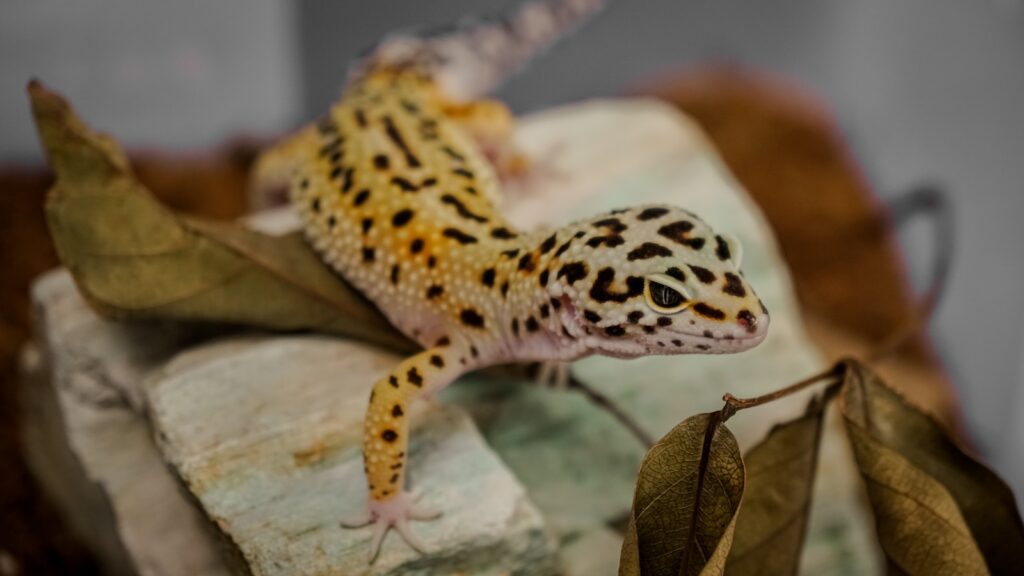
Despite their small size, many gecko species boast impressive lifespans that surprise first-time owners. With proper care, leopard geckos can live 15-20 years in captivity, while crested geckos regularly reach 15-20 years of age. Some well-maintained geckos have even been documented reaching their late 20s, making them a long-term commitment comparable to many larger pets. This longevity requires owners to consider their ability to provide care over potentially two decades or more, including consistent habitat maintenance, proper nutrition, and veterinary care. The extended lifespan also allows for the development of stronger bonds between geckos and their caretakers, as these intelligent reptiles can learn to recognize their owners and develop distinct personality traits over their many years in captivity.
Dietary Versatility Across Species
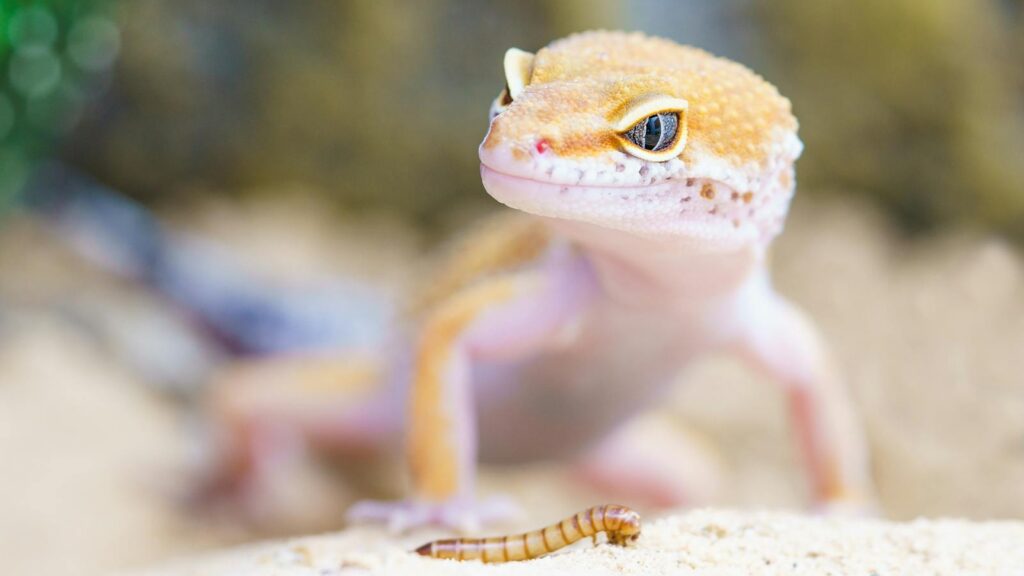
Gecko species exhibit remarkable dietary diversity, with feeding requirements varying significantly based on their natural habitats and evolutionary development. While many popular pet geckos like leopard and fat-tailed geckos are primarily insectivorous, requiring a diet of gut-loaded crickets, mealworms, and dubia roaches, others display more varied nutritional needs. Crested geckos and day geckos are omnivorous, thriving on commercial fruit-based powdered diets supplemented with insects, which simplifies their care regimen. The tokay gecko represents the more predatory end of the spectrum, sometimes consuming smaller lizards and baby mice in addition to insects. This dietary diversity means potential owners can select species that align with their comfort level in food preparation and their willingness to maintain live insect colonies or frequent pet store visits for fresh feeders.
Minimal Odor and Quiet Maintenance
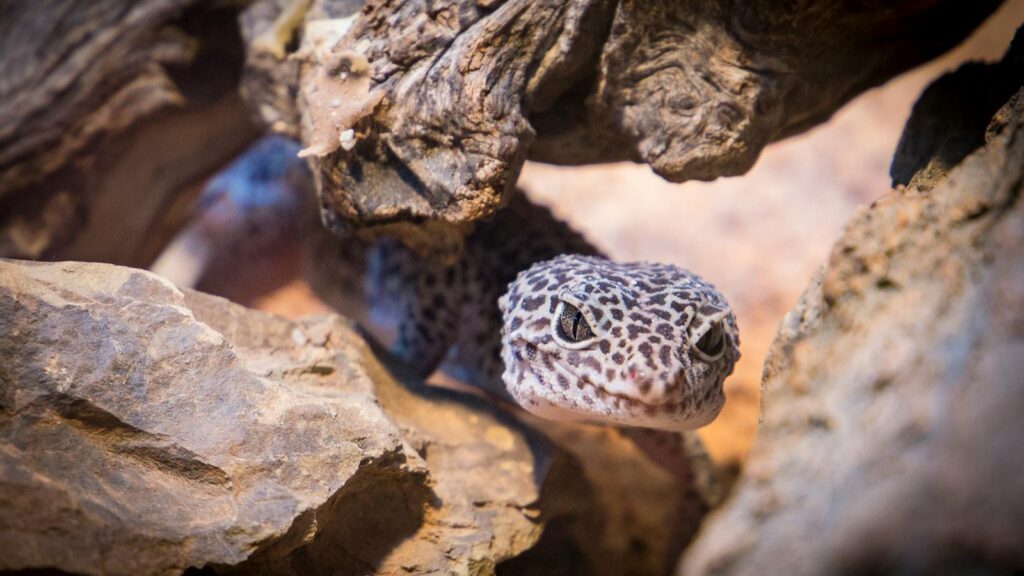
Geckos stand out among pets for their exceptionally clean nature and minimal environmental impact. Unlike many small mammals or even some other reptiles, properly maintained gecko enclosures produce virtually no odor, making them ideal pets for apartments or shared living spaces. Their solid waste is small, easily removed during routine maintenance, and they don’t require noisy accessories like exercise wheels or filtration systems that might disturb household members. Most species urinate infrequently, with many producing primarily uric acid crystals rather than liquid waste, further reducing enclosure humidity and associated odors. This cleanliness factor, combined with their generally quiet nature (apart from occasional vocalizations), makes geckos particularly suitable pets for noise-sensitive environments like apartments, dorm rooms, or homes with light sleepers.
Temperature-Dependent Sex Determination
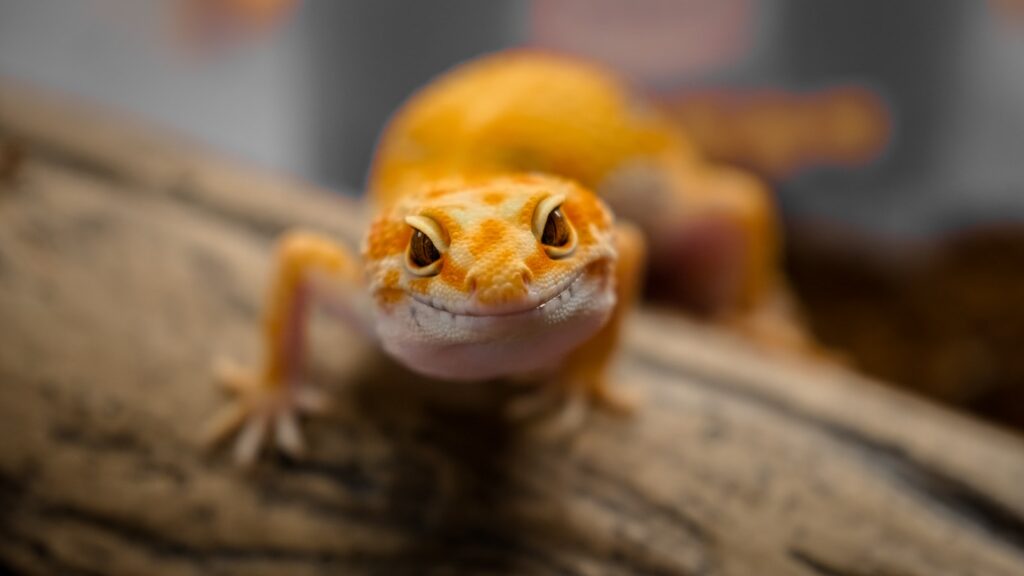
Several gecko species exhibit the fascinating biological phenomenon of temperature-dependent sex determination (TSD), where the incubation temperature of the eggs influences the gender of the resulting hatchlings. In leopard geckos, for example, eggs incubated at temperatures between 79-87°F (26-30°C) typically produce females, while temperatures above 90°F (32°C) tend to yield males. Intermediate temperatures can result in a mix of both sexes. This biological feature has significant implications for breeders who can effectively select the gender ratio of their hatchlings by controlling incubation temperatures. For the average pet owner, this fascinating aspect of gecko biology highlights the remarkable ways these reptiles have adapted to their environments and provides insight into the complex natural mechanisms that govern their reproduction and development.
Remarkable Color and Pattern Variations

Selective breeding has produced an astonishing array of color variations and patterns in captive geckos, particularly in popular species like leopard and crested geckos. Leopard geckos display dozens of “morphs” featuring different color combinations, pattern distributions, and even skin textures, from the high-contrast black and white “Mack Snow” to the vibrant orange “Tangerine” and the spotted “Super Snow.” Crested geckos showcase equally impressive diversity, with variations like the “Dalmatian” with distinctive spots, the “Harlequin” with bold patterning, and the coveted “Lily White” with reduced pigmentation. These morphs not only enhance the visual appeal of pet geckos but also allow owners to select companions with truly unique appearances that match their aesthetic preferences. The genetic diversity represented in these variations has created a fascinating subculture of gecko enthusiasts who selectively breed for specific traits, contributing to the ongoing development of new and distinctive gecko varieties.
No Need for Regular Bathing
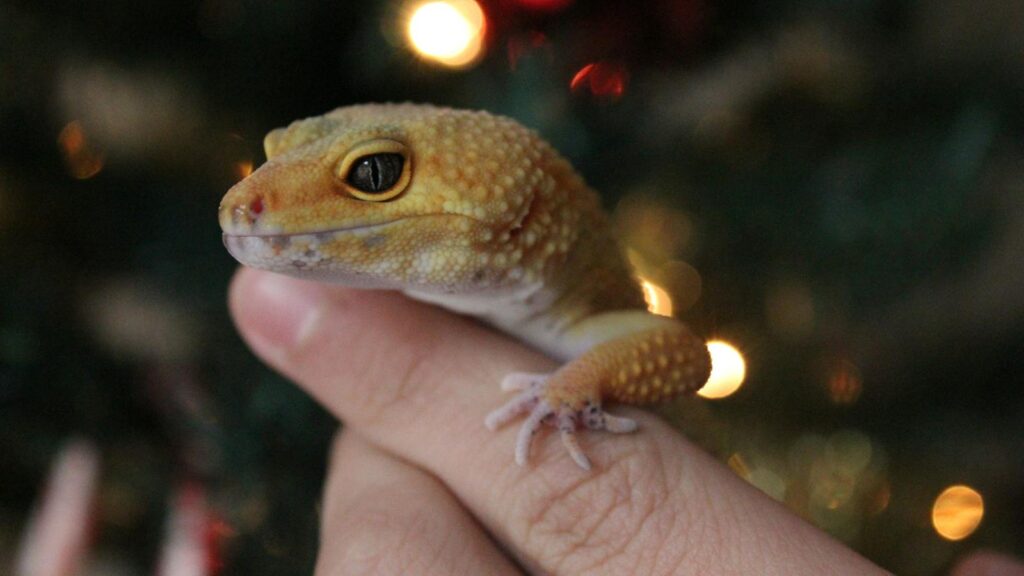
Unlike many other pets, geckos are self-cleaning animals that maintain their hygiene through natural behaviors and regular shedding, eliminating the need for baths or grooming sessions. Instead of traditional bathing, geckos shed their skin periodically in a process called ecdysis, removing dirt, parasites, and accumulated debris along with their old skin layer. Most geckos will even consume their shed skin, not wasting valuable nutrients and minimizing evidence of the shedding process. While owners should provide proper humidity levels to facilitate smooth shedding, direct bathing is generally unnecessary and can actually stress these reptiles unnecessarily. This self-maintenance characteristic makes geckos particularly appealing as low-maintenance pets for busy individuals or those with limited mobility who might struggle with the physical demands of bathing traditional pets.
Social Behaviors and Recognition
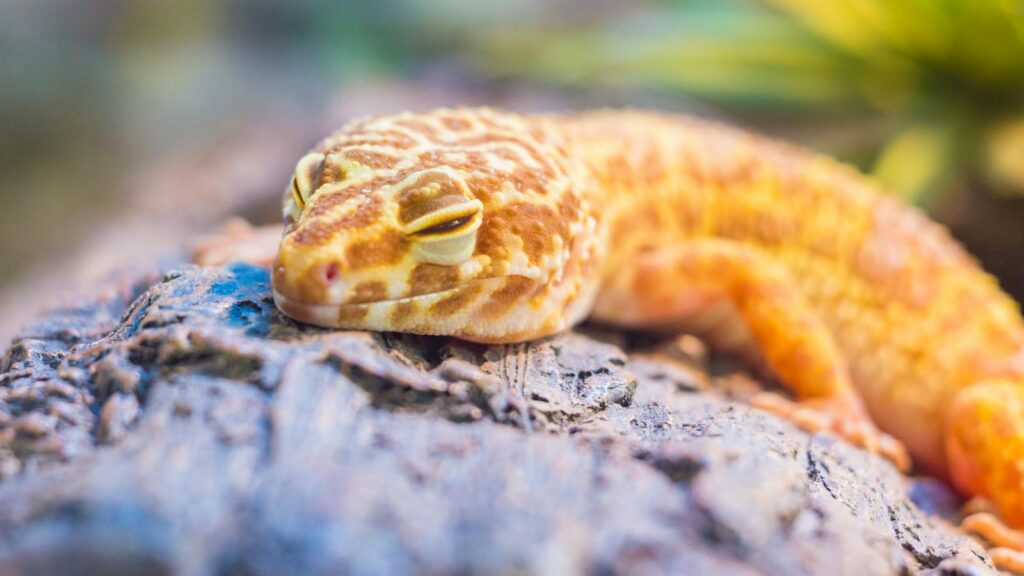
While traditionally considered solitary animals, many gecko species show surprising levels of social recognition and behavioral complexity when kept as pets. Regular, gentle handling can lead to geckos recognizing their owners through a combination of visual cues, scent recognition, and association with feeding routines. Some leopard and crested geckos demonstrate comfort with trusted handlers, willingly climbing onto their owners’ hands and remaining calm during interactions. Many experienced owners report their geckos responding differently to family members versus strangers, showing preference for familiar individuals. Though they don’t form emotional bonds in the same way as mammals, these reptiles do develop trust relationships with consistent caregivers, occasionally seeking them out for warmth or climbing opportunities, challenging the stereotype of reptiles as completely asocial creatures.
Geckos represent a fascinating intersection of exotic pet appeal and practical ownership, offering enthusiasts a window into the remarkable adaptations of the reptile world from the comfort of home. Their specialized adhesive toe pads, diverse vocalizations, and remarkable defensive mechanisms showcase millions of years of evolutionary refinement, while their manageable care requirements make them accessible to responsible owners of varying experience levels. Whether you’re captivated by their unique physical characteristics, intrigued by their behavioral patterns, or simply appreciate their relatively low-maintenance care regimen, geckos continue to enchant reptile enthusiasts worldwide. As with any pet, proper research into specific species requirements and a commitment to their potentially decades-long lifespan remains essential, but for those willing to provide appropriate care, these remarkable lizards offer a rewarding and endlessly fascinating companion experience unlike any other.

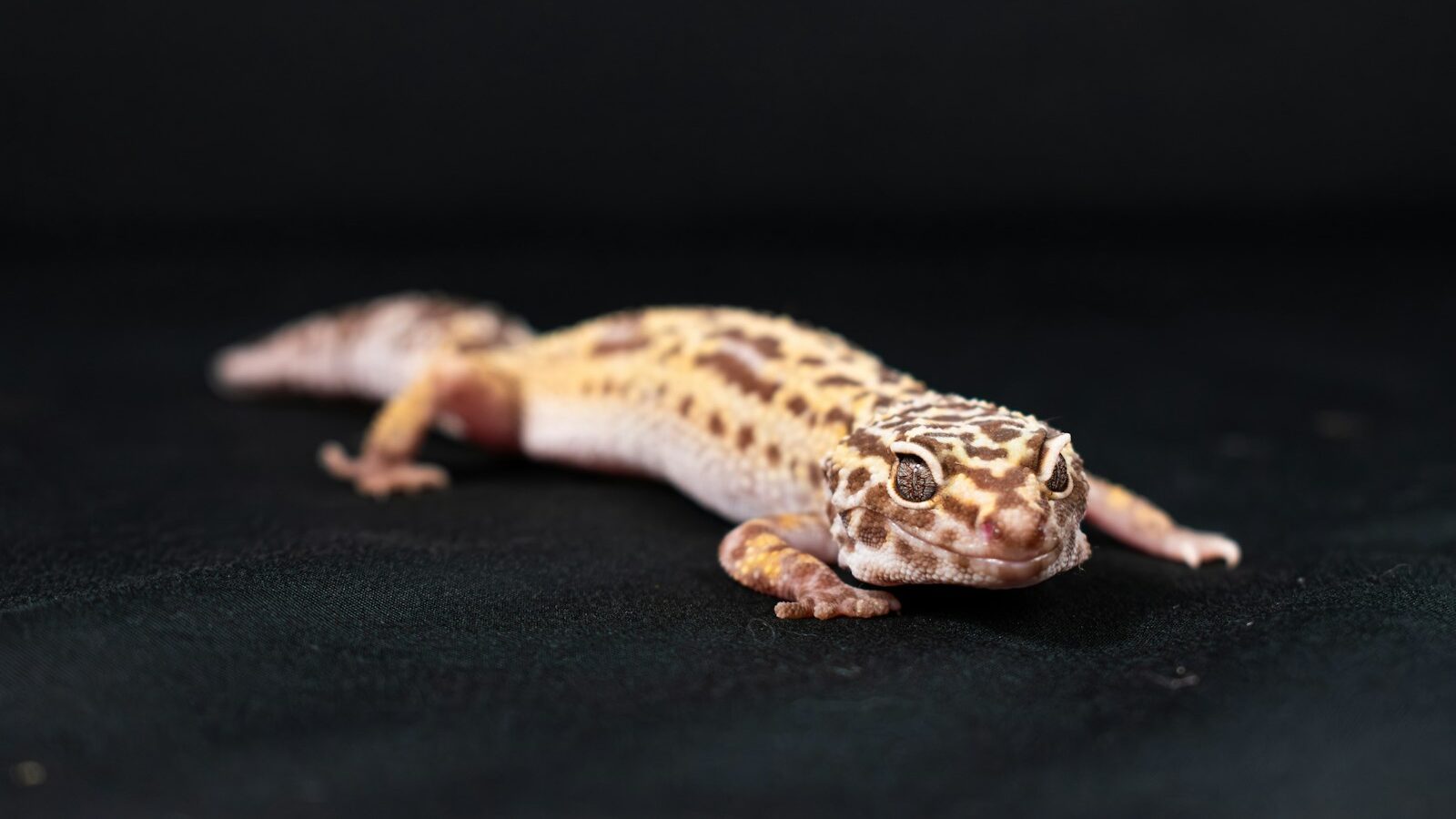







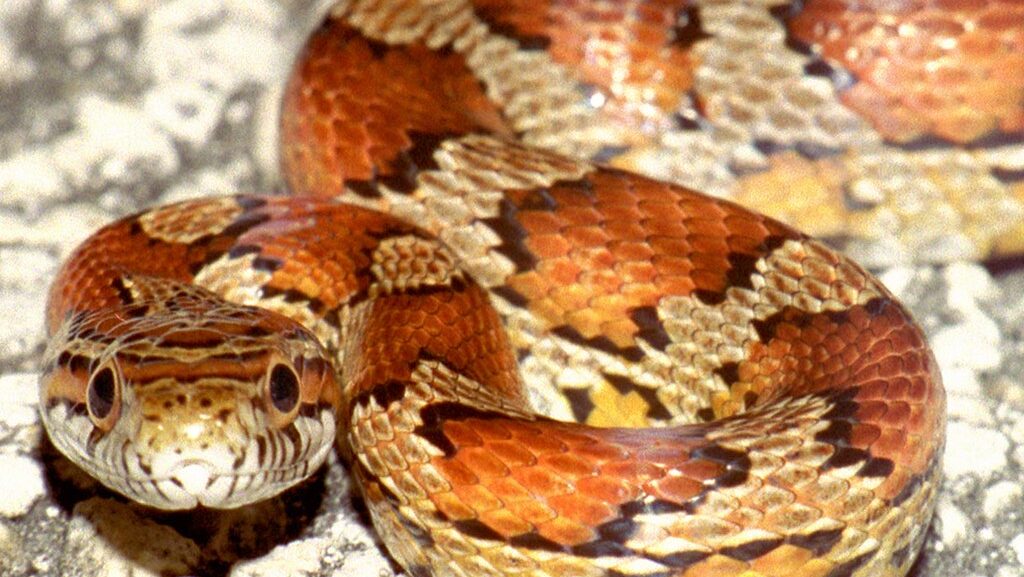
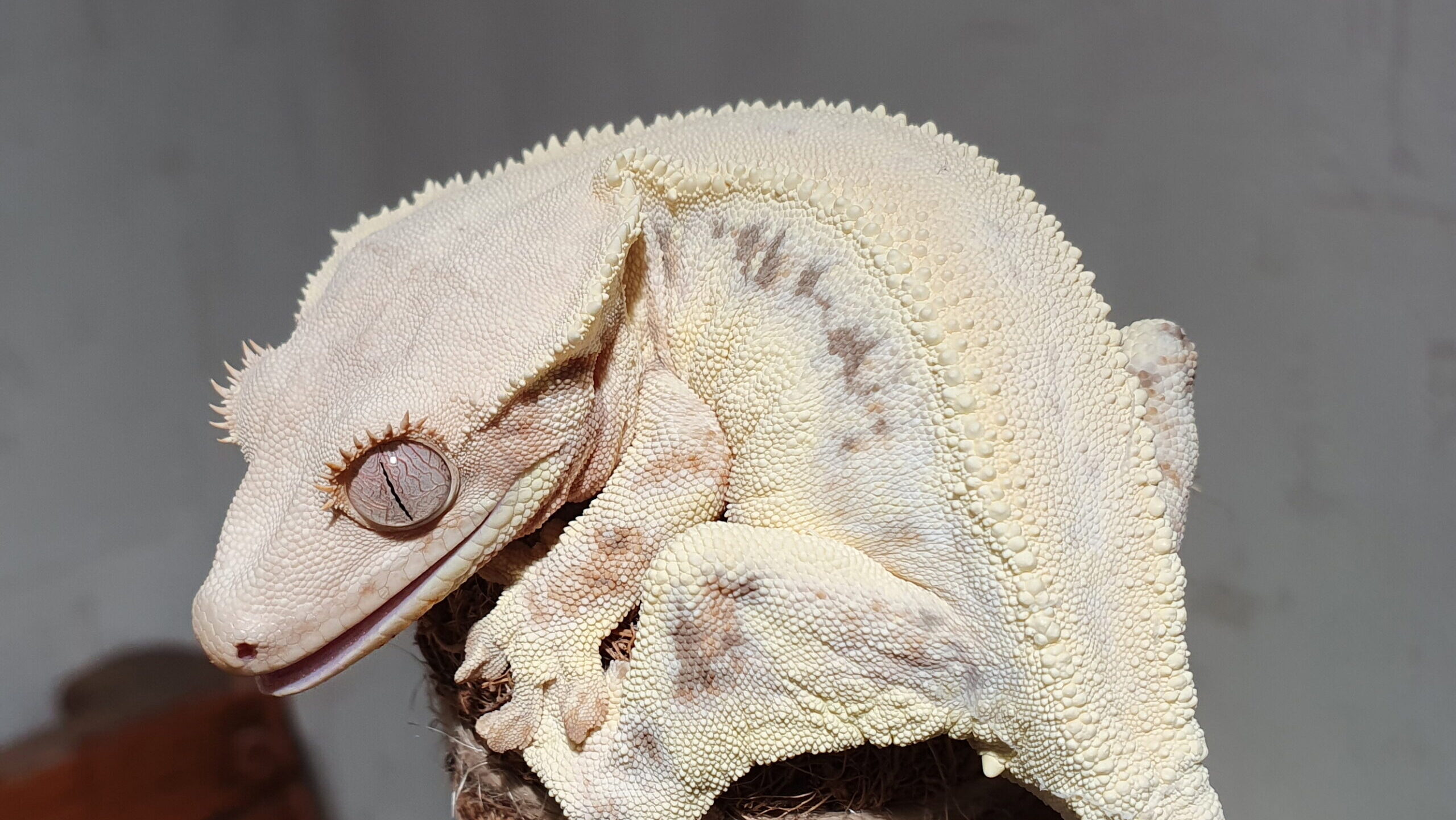





Leave a Reply